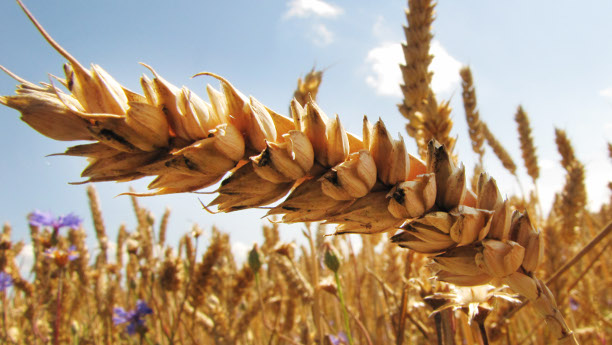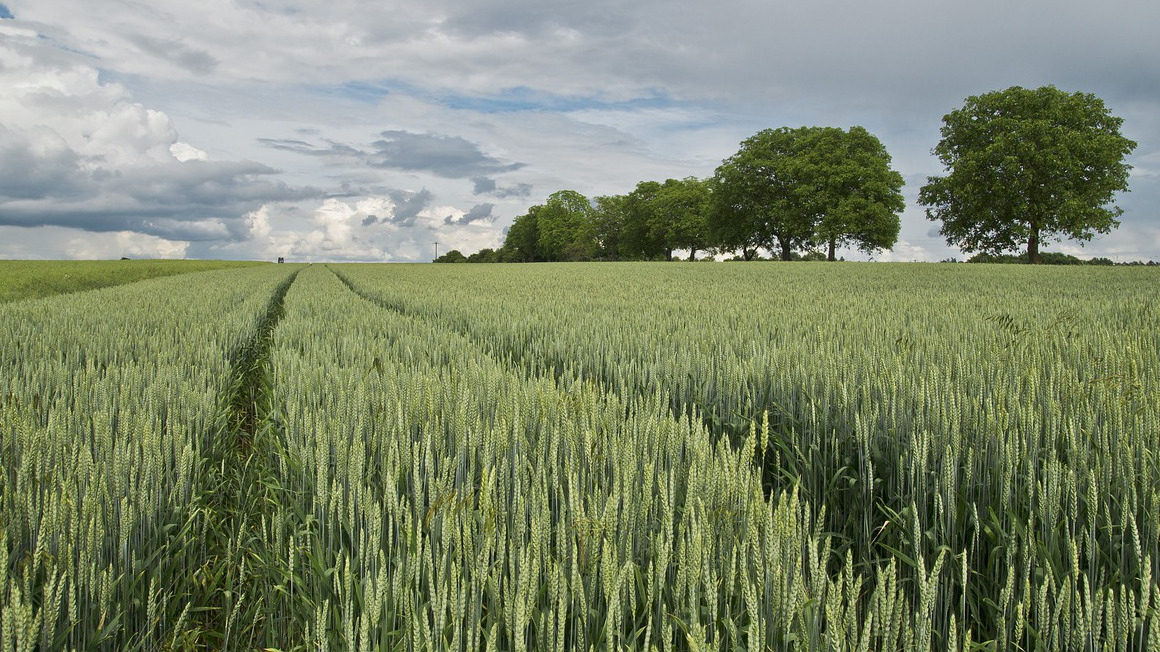Wheat genome to be completely sequenced by 2017
After rice, wheat and maize are the most important food crops worldwide. But climate change threatens the harvest and consequently the global food production for a growing world population.

Over the past ten years, an international team of plant scientists have put great faith in decoding the wheat genome. Now the International Wheat Genome Sequencing Consortium (IWGSC) has announced that that it will be able to present the complete sequence of bread wheat by 2017. The scientists are convinced that the knowledge of the molecular blueprint of the crop will spur the development of new resistant and high-yielding varieties of wheat.
The decoding of the wheat genome is a herculean task. With 17 million base pairs (17Gb), the bread wheat genome (Triticum aestivum) is not only almost six times as large as the genetic material of humans, it is also extremely complex. In each cell six copies of the genome are present. Researchers have been trying to figure out the molecular blueprint of the crop since 2005. Under the umbrella of the International Wheat Genome Sequencing Consortium (IWGSC), 1,100 researchers from 55 countries are working together on the project, including scientists from the Leibnitz Institute for plant genetics and cultivated plants in Gaterleben (IPK). Currently, 14 of the 21 chromosomes have been identified, to which the scientists at the IPK have contributed significantly. Plant genecist Nils Stein from the IPK who is co-leading the collaborative with his colleagues in Canada and the US, coordinated and carried out the first pan-genomic wheat sequences so that the first look into the organisation of this very complex genome was possible.
New analysis technology furthers genome decoding
Thanks to a new analysis method, after ten years the researchers from Leibniz are close to reaching their goal. The reason: with the help of the Israeli company NRGene, a subproject on genome sequencing the bread wheat “Chinese Spring” can be decoded sooner than planned. Stein now estimates that by this means the complete wheat DNA will be decoded by 2017 at the latest.
Composing data records faster
“The procedure enables much faster and a better composition of comprehensive Illumina sequence data. The new bread wheat de novo shotgun assembly made by NRGene represents a major breakthrough for the IWGSC integrated strategy towards delivering a high quality reference sequence for each of the 21 bread wheat chromosomes,” explains Nils Stein. Before the complete genetic blueprint has been discovered the information on every single chromosome has to be pieced together like a puzzle with a reference sequence. Even the chairman of the international consortium believes the two-year goal is realistic. Kellye Eversole welcomed the results: “The preliminary results obtained by NRGene are impressive. We have been waiting for a number of years to have a high quality whole genome sequence assembly that would complement our chromosome based strategy and accelerate the delivery of the sequence, and in all likelihood deliver a high quality reference sequence for the wheat genome in less than two years.”
New perspectives for plant breeding
The reference sequence of the wheat genome allows plant researchers and breeders, in particular, the opportunity to understand the genetic blueprint of this important agricultural crop for the first time. “This new wheat genome sequence will provide wheat researchers with an exciting new resource to identify the most influential genes important to wheat adaptation, stress response, pest resistance, and improved yield,” stresses Curtis Pozniak, project leader am Crop Development Centre at the University of Saskatchewan. The results of the sequencing of the wheat genome are currently being presented at the 24th Plant & Animal Genome Conference in San Diego.


